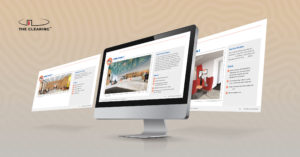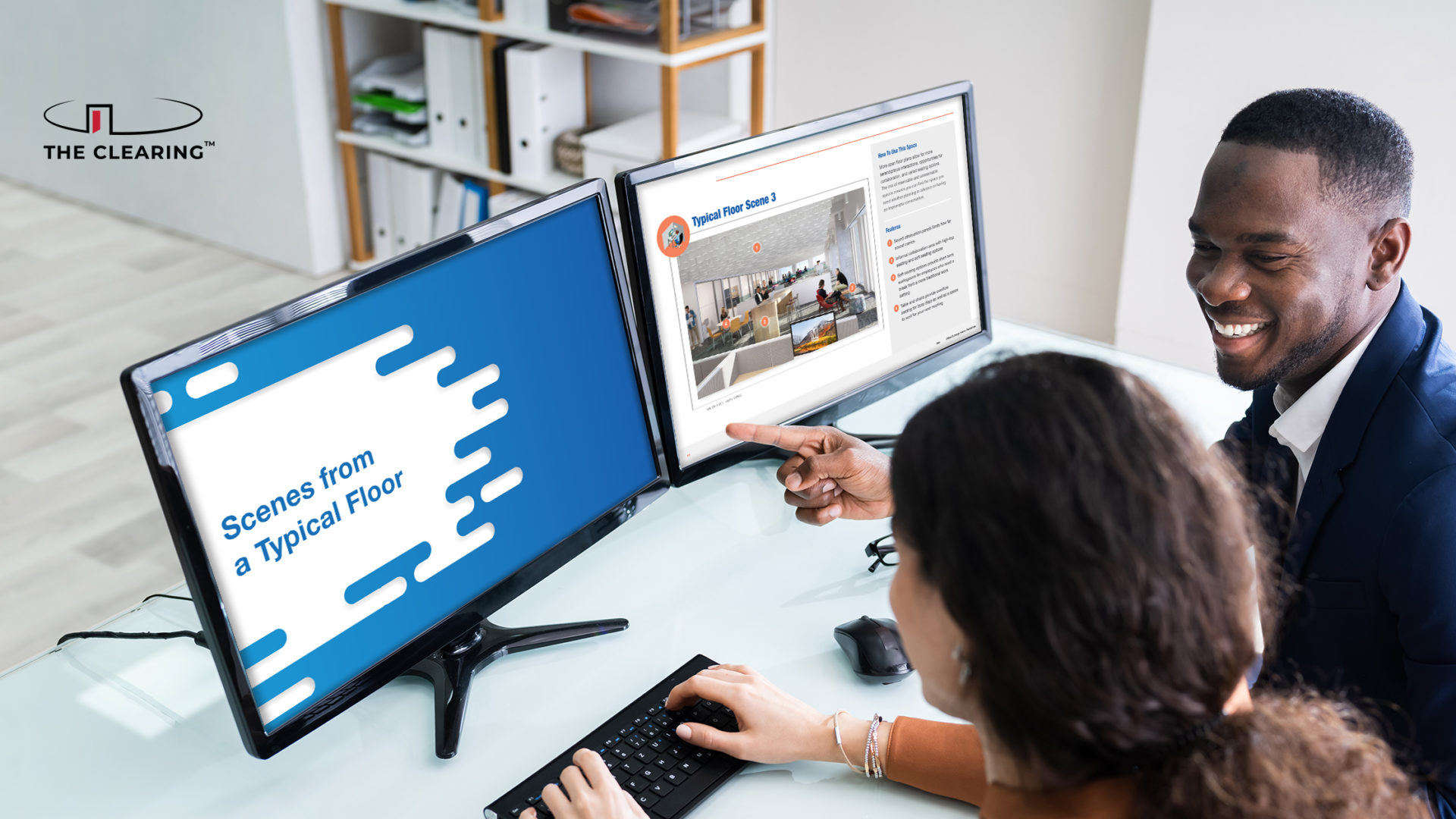Our Workplace team is no stranger to guiding organizations of all sizes through workplace transformation – both to new physical spaces and different ways of working. As is the case with many clients, those two aspects of workplace change often go hand in hand. Such was the case with a major regional transit Authority client.
The Situation
The Authority and its leadership were at a crossroads. Its workforce of approximately 3,000 office-based employees were spread across 10 aging buildings, some of which had not been fully renovated in decades. Facing rising deferred maintenance costs, potential safety issues, and an increasingly fragmented workforce, the Authority knew it needed to consolidate. With the aim of driving operating efficiency and improving employee experience, leadership decided to reduce its administrative office footprint into three buildings.
However, the Authority recognized the challenges in moving a large portion of their workforce who had become comfortable in their existing work environments and locations. Not only would it be a physical move for many, but a shift in ways of working. This included everything from digitizing paper records to transitioning away from a 1:1 seating model to an agile model that includes assigned, hotel, and touchdown seating.
To ensure a smooth transition, we helped the Authority in developing a change management, engagement, and communications strategy to guide its workforce through the shift. In order to set the organization up for future success, our transformation experts focused on three key areas:
- Establishing a successful physical transition to the three new office buildings to ensure workforce readiness from day 1 in the new buildings
- Ensuring comfort and acceptance of new ways of working as the workforce took advantage of new space types (e.g., hotel seating, informal collaboration areas) and technologies
- Leveraging the new buildings and variety of space types to break down silos and encourage collaboration among different departments and dispersed teams

Product example: “Welcome to the Building Guide”
How We Did It
To design the most effective change management, engagement, and communications plan, The Clearing segmented the move into four phases. Each phase was tailored to meet the Authority’s needs and ensure effective, transparent communication with the workforce. Here’s what each one looked like.
- Phase 1: Preparation: Generate positivity and lay the groundwork for the move. Engaged the workforce to define new behaviors needed to coexist in a more open work environment.
- Established a workforce communication cadence to inform on the vision, case for change, and project progress
- Hosted workforce engagement events such as town halls, senior manager alignment meetings, furniture pop-up, and chair fair
- Identified thousands of boxes of paper records and began digitizing them
- Reviewed, updated, and outfitted the workforce on office policies and procedures to reflect new spaces, teleworking, and seating models
- Phase 2: Outfitting: Build excitement and increase the cadence of pre-move communications, engagement, and support.
- Regularly engaged the workforce through listening sessions to learn about the new work environment
- Stood up and managed governance bodies to align senior leaders and workforce liaisons on the future work environment
- Outfitted the workforce on the move by developing packing guidance, hosting move orientation sessions, and sending weekly move tips
- Conducted trainings on new technologies and spaces available in new buildings
- Previewed the future office buildings for the workforce
- Phase 3: Transition: Conduct final move preparation and facilitate the transition.
- Continued weekly cadence of workforce communications
- Developed and deployed digital signage and way-finding for the new buildings
- Deployed new building guide to share critical building operations details with the workforce
- Created welcome day resources and hosted welcome day events
- Phase 4: Post-Occupancy: Provide ongoing support to ensure the workforce is supported as they begin working in new buildings.
- Deployed communications to answer questions and support post-move troubleshooting
- Distributed move/building satisfaction surveys, analyzed the data, and provided recommendations
- Conducted lessons-learned sessions with project team members and workforce liaisons to adjust move preparations for subsequent moves
The Impact
As part of our work, we have administered a post-occupancy workforce survey. The results from our most-recent survey report positive findings around move support and communication provided by The Clearing.
- 79% of the workforce were satisfied with the support they experienced during the move
- 84% found the move communications they received valuable
- 81% attended at least one engagement event prior to the move (i.e., technology training; chair fair; etc.)
- 71% of respondents felt “informed” or “very informed” throughout the move, with only 6% feeling uninformed
Our hands-on support also resulted in the Authority achieving:
- To date, more than 10 million paper records have been digitized and 25,000 pounds of paper shredded, reducing move expenses and storage space requirements
- Workforce readiness for new ways of working and collaborating
- Adoption of new workplace practices and workplace tools to enable increased productivity
- Overall workforce enthusiasm about workplace change
If you’re thinking about workplace change – be it transitioning to a new space or a new enterprise technology platform – we can help. I would love to hear what’s on your mind – you can reach me anytime at angela.radke@theclearing.com. In the meantime, you can check out our Workplace Change page here.







 The Clearing’s Employee Experience
Improvement model, adapted from Itam
& Ghosh, 2020, focuses on three objectives:
The Clearing’s Employee Experience
Improvement model, adapted from Itam
& Ghosh, 2020, focuses on three objectives: 













